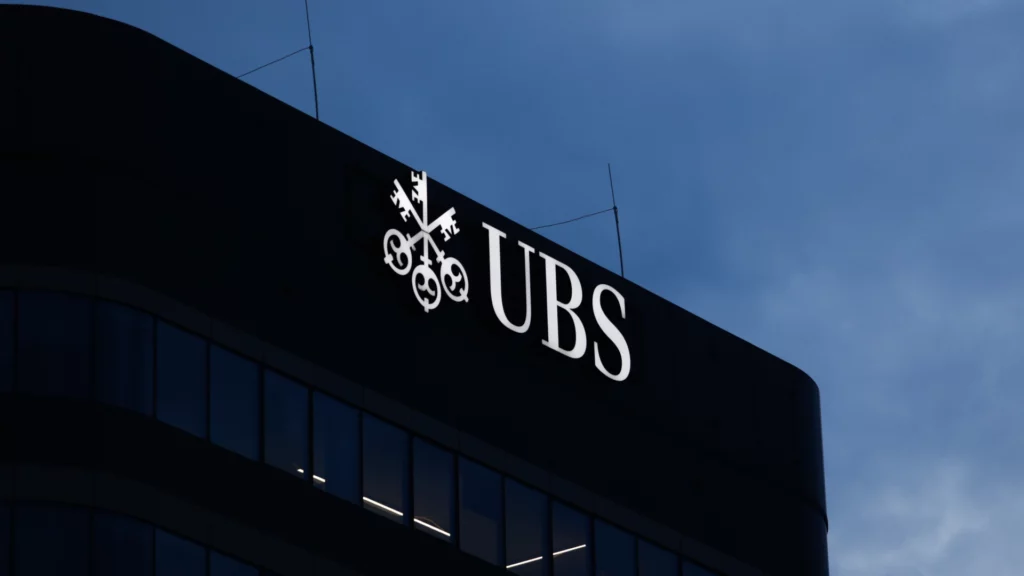Asset Tokenization: Are Specialized or Generic Chains Better?

UBS is among the banks that have embraced tokenized assets. Photo by Jakub Porzycki/NurPhoto via Getty Images.
Key Takeaways
- The tokenization of real-world assets is becoming more and more popular.
- Various tokenization solutions use a variety of public and private blockchains.
- A new generation of blockchains have been designed with tokenization specifically in mind.
In recent years, the range of assets potentially issued as tokens on a blockchain has proliferated significantly. Popular tokenization solutions now cater to various other real-world asset (RWA) classes, including securities, precious metals, real estate and fine art.
One approach has been to issue RWA-backed tokens on traditional blockchain platforms like Ethereum. There are also a growing number of chains dedicated specifically to asset tokenization. Each solution has its merits, but the jury is still out on which one is best.
Ethereum vs. the Rest
As the oldest and most widely used smart contract platform, Ethereum played a central role in the evolution of RWA tokenization.
Large public institutions like the European Investment Bank have issued bonds on Ethereum using the ERC-20 token standard. Meanwhile, commercial banks have built the necessary trading infrastructure and custodial services to support the emerging range of digital assets.
But Ethereum isn’t the only chain in the game.
For instance, Securitize uses a blockchain-agnostic protocol to issue digital securities on Ethereum, Algorand, Avalanche, Polygon and other blockchains. Individual investment managers are able to choose which one best suits their needs. Using the same underlying platform, KKR can issue shares in its funds on Avalanche while Hamilton Lane can use Polygon.
From a regulatory perspective, these funds must meet the same criteria as traditional investment products. But Ethereum and other leading public blockchains weren’t necessarily designed with the Securities and Exchange Commission (SEC) in mind.
Regulatory Issues Surrounding Tokenized Securities
Because the foundational laws governing securities came out in the pre-digital era, applying them to digital assets has occasionally created friction.
Although they share underlying technology, the authorities do not treat tokenized securities like cryptocurrencies. They are subject to much stricter rules concerning who can hold them and how they are exchanged.
For years, large parts of the cryptosphere went unregulated. But the world’s largest financial institutions start from a very different regulatory baseline, which tokenization platforms must adhere to.
Securities issued on public blockchains require companies like Securitize to keep track of who owns what and ensure tokens aren’t illegally transferred to unauthorized parties.
However, other platforms were built from the ground up with regulatory compliance in mind.
Specialized Tokenization Blockchains
Against the backdrop of rising interest in RWA tokenization, many newer blockchains have incorporated dedicated fungible and non-fungible token standards that can be used to issue on-chain assets.
Platforms like Stellar now have account-level features that enable custom asset controls such as the ability to restrict unverified wallets, freeze accounts and reverse transactions.
Another example is the XDC Network. The likes of Tradeteq use XDC to launch novel types of security tokens based on trade finance.
Following the Regulations
From the outset, the XDC Foundation opted to “follow the regulations,” specifically designing the blockchain to meet the SEC’s requirements, executive director Billy Sebell explained in an interview.
He said this approach has made it easier for tokenization platforms to launch on XDC, noting that Securitize will integrate the blockchain later this year.
Nevertheless, Sebell acknowledged that regulatory hurdles remain. For example, he observed that secondary markets for digital securities are still some way off, although lawmakers have started to move on the issue.
Going forward, he noted:
“you’re starting to see clarity in Europe, with [the Markets in Crypto Assets regulation] MiCA and some of the other efforts that they’re putting in place to build on top of that and better define what’s going on as far as who can do what and what’s a utility token, etc.”
The US “is to have to be competitive” too, he added. “They can’t just have their heads in the sand around it.”


